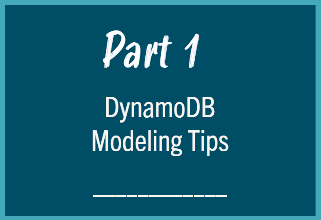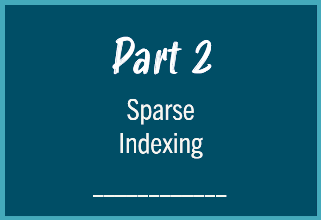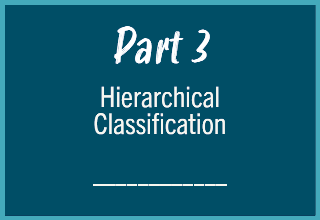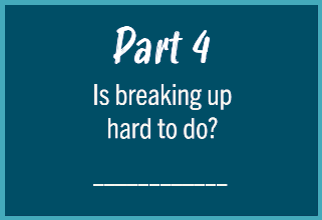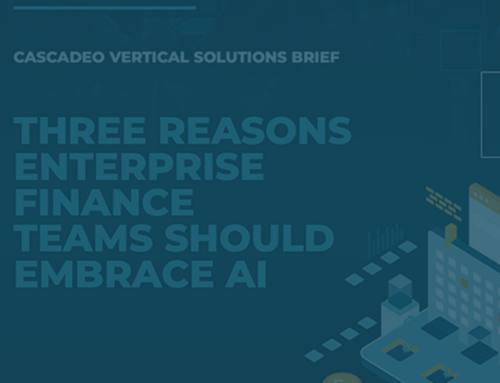
DynamoDB and its NoSQL brethren are essentially infinitely scalable thanks to the power of horizontal scaling. Read a foundational article here if you are interested in the magic behind the scenes!
Infinite Scaling: A 4 Part Series from JV Roig
JV Roig is a cloud technologist and the field CTO for Cascadeo, a public cloud managed services provider and IT Transformation partner.
He was recently named an AWS ambassador. This program recognizes technical experts across AWS domains who develop thought leadership content like technical write-ups, blogs, and open source projects. AWS Ambassadors by nature hold multiple AWS certifications, and take initiative to educate customers and partners regarding AWS services.
In this series, JV goes through everything you need to know about data modeling, NoSQL, tracking records, hierarchical classification, and breaking up DynamoDB records. DynamoDB and its NoSQL brethren are essentially infinitely scalable thanks to the power of horizontal scaling. But there’s a big caveat there: it scales infinitely and offers blazing performance at any scale if you properly model your data.
